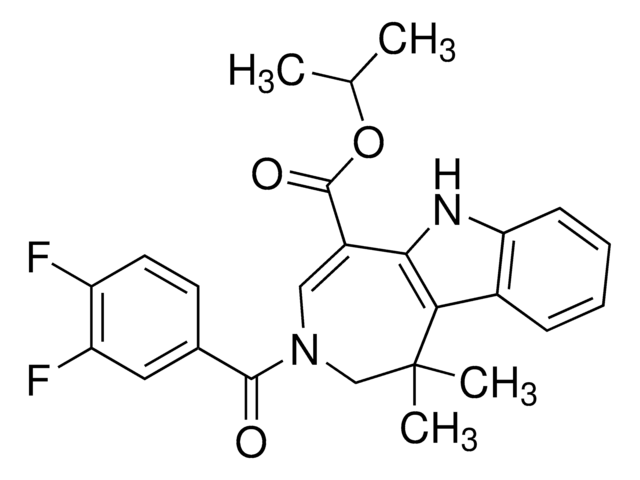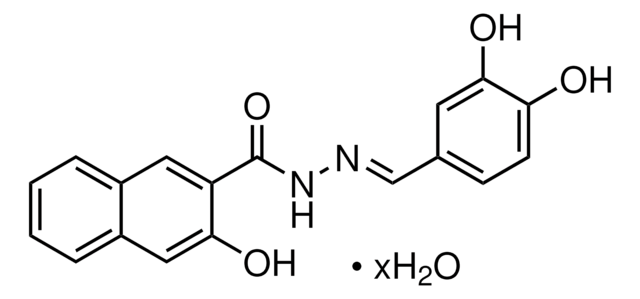475856
Mitochondrial Division Inhibitor, mdivi-1
The Mitochondrial Division Inhibitor, mdivi-1, also referenced under CAS 338967-87-6, controls the biological activity of yeast Dnm1 and mammalian Drp1.
Synonyme(s) :
Mitochondrial Division Inhibitor, mdivi-1, Mitochondrial Division Dnm1/Drp1 ATPase Inhibitor, 3-(2,4-Dichloro-5-methoxy-phenyl)-2-thioxo-1H-quinazolin-4-one
About This Item
Produits recommandés
Niveau de qualité
Essai
≥95% (HPLC)
Forme
solid
Fabricant/nom de marque
Calbiochem®
Conditions de stockage
OK to freeze
protect from light
Couleur
white
Solubilité
DMSO: 10 mg/mL
Conditions d'expédition
wet ice
Température de stockage
−20°C
Chaîne SMILES
Sc1[n]([c](c3c(n1)cccc3)=O)c2c(cc(c(c2)OC)Cl)Cl
InChI
1S/C15H10Cl2N2O2S/c1-21-13-7-12(9(16)6-10(13)17)19-14(20)8-4-2-3-5-11(8)18-15(19)22/h2-7H,1H3,(H,18,22)
Clé InChI
NZJKEVWTYMOYOR-UHFFFAOYSA-N
Description générale
Conditionnement
Avertissement
Autres remarques
Informations légales
Code de la classe de stockage
11 - Combustible Solids
Classe de danger pour l'eau (WGK)
WGK 3
Point d'éclair (°F)
Not applicable
Point d'éclair (°C)
Not applicable
Certificats d'analyse (COA)
Recherchez un Certificats d'analyse (COA) en saisissant le numéro de lot du produit. Les numéros de lot figurent sur l'étiquette du produit après les mots "Lot" ou "Batch".
Déjà en possession de ce produit ?
Retrouvez la documentation relative aux produits que vous avez récemment achetés dans la Bibliothèque de documents.
Notre équipe de scientifiques dispose d'une expérience dans tous les secteurs de la recherche, notamment en sciences de la vie, science des matériaux, synthèse chimique, chromatographie, analyse et dans de nombreux autres domaines..
Contacter notre Service technique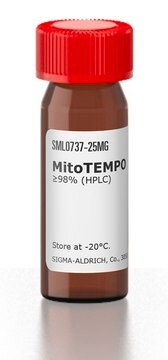
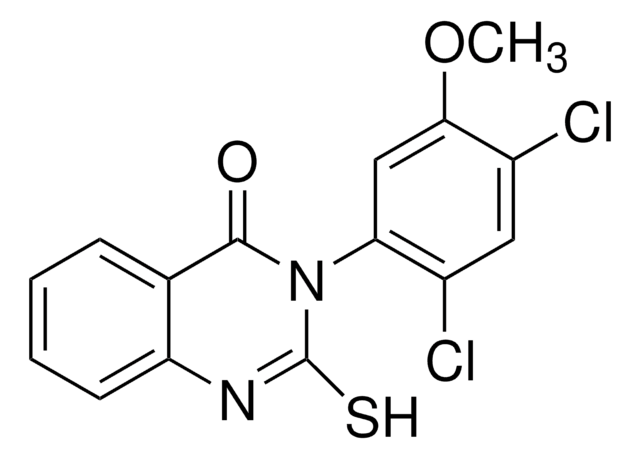


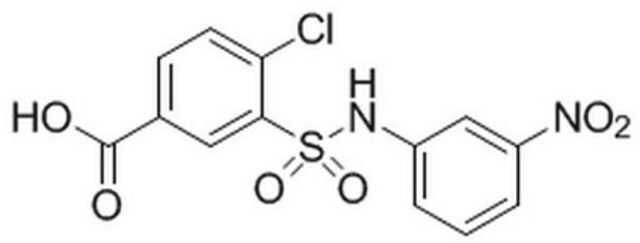
![PERK Inhibitor I, GSK2606414 GSK2606414 is a cell-permeable, highly potent inhibitor of EIF2AK3/PERK (IC₅₀ = 0.4 nM; [ATP] = 5 µM). Targets PERK in its inactive DFG conformation at the ATP-binding region.](/deepweb/assets/sigmaaldrich/product/structures/180/559/efa716dc-d5fe-4339-a6f0-0103084fc04a/640/efa716dc-d5fe-4339-a6f0-0103084fc04a.png)

